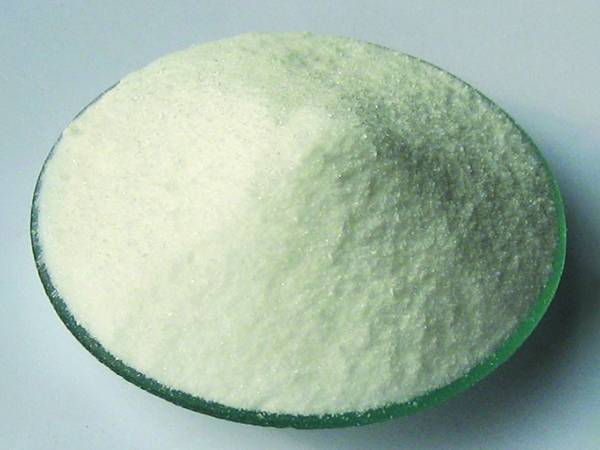



1n naoh 1m naoh
Understanding NaOH Solutions 1N and 1M Concentrations
Sodium hydroxide (NaOH), commonly known as lye or caustic soda, is an inorganic compound widely used in various industries and laboratories due to its strong alkaline properties. Understanding the differences between normality (N) and molarity (M) when discussing NaOH solutions is essential for accurate chemical formulation, reactions, and applications. In this article, we will explore the implications of using 1N and 1M NaOH solutions and their significance in various contexts.
What is Molarity (M)?
Molarity is a measure of concentration expressed as the number of moles of solute per liter of solution. A 1M NaOH solution contains one mole of sodium hydroxide dissolved in one liter of water. Molarity is a crucial metric in laboratory settings as it allows chemists to prepare solutions with precise concentrations, essential for stoichiometric calculations during chemical reactions.
What is Normality (N)?
Normality, on the other hand, is a measure of concentration that is defined based on the reactive capacity of the solute. For acids and bases, normality accounts for the number of moles of reactive units, which, in the case of NaOH, corresponds to its ability to donate hydroxide ions (OH⁻) in a reaction. For NaOH, which is a strong base with a single hydroxide ion per molecule, the relationship between normality and molarity is straightforward 1N NaOH is equivalent to 1M NaOH.
This alignment simplifies many calculations, particularly in titrations and neutralization reactions, where the base will react with an acid in a defined stoichiometric ratio.
Applications of 1N and 1M NaOH Solutions
1n naoh 1m naoh

1N and 1M NaOH solutions have significant applications across various fields. In chemistry laboratories, 1M NaOH is frequently used as a titrant in acid-base titrations, where it reacts with acids like hydrochloric acid (HCl) or sulfuric acid (H₂SO₄) to determine their concentrations. The precise molarity of the NaOH solution ensures that calculations for the amount of acid present are accurate.
In contrast, the 1N NaOH is particularly employed in applications where the focus is on the reaction's equivalency rather than the concentration per se. For example, when determining the acidity of a solution, knowing the normality can help in calculating the molar concentrations during neutralization scenarios.
Safety and Handling
Both 1N and 1M NaOH solutions are caustic and can cause severe burns upon contact with skin or eyes. Therefore, proper safety precautions are imperative. Personal protective equipment (PPE), including gloves and goggles, should always be worn when handling these solutions. In cases of spills, neutralizing substances such as citric acid can be utilized, followed by thorough rinsing with water.
Conclusion
In summary, understanding the differences between 1N and 1M NaOH solutions is critical for anyone working with chemical solutions. While both concentrations are commonly used, their applications may vary based on the chemical context. Molarity provides a straightforward way to prepare consistent solutions, while normality aids in recognizing the equivalent reactive capacity of the solute.
As the industry continues to emphasize precision in chemical formulations, the importance of comprehending the nuances between different concentration metrics like molarity and normality cannot be understated. Whether one is a student in a chemistry class or a professional in a laboratory, grasping these concepts ensures effective and safe application of sodium hydroxide in various processes.
-
Why Sodium Persulfate Is Everywhere NowNewsJul.07,2025
-
Why Polyacrylamide Is in High DemandNewsJul.07,2025
-
Understanding Paint Chemicals and Their ApplicationsNewsJul.07,2025
-
Smart Use Of Mining ChemicalsNewsJul.07,2025
-
Practical Uses of Potassium MonopersulfateNewsJul.07,2025
-
Agrochemicals In Real FarmingNewsJul.07,2025
-
Sodium Chlorite Hot UsesNewsJul.01,2025










